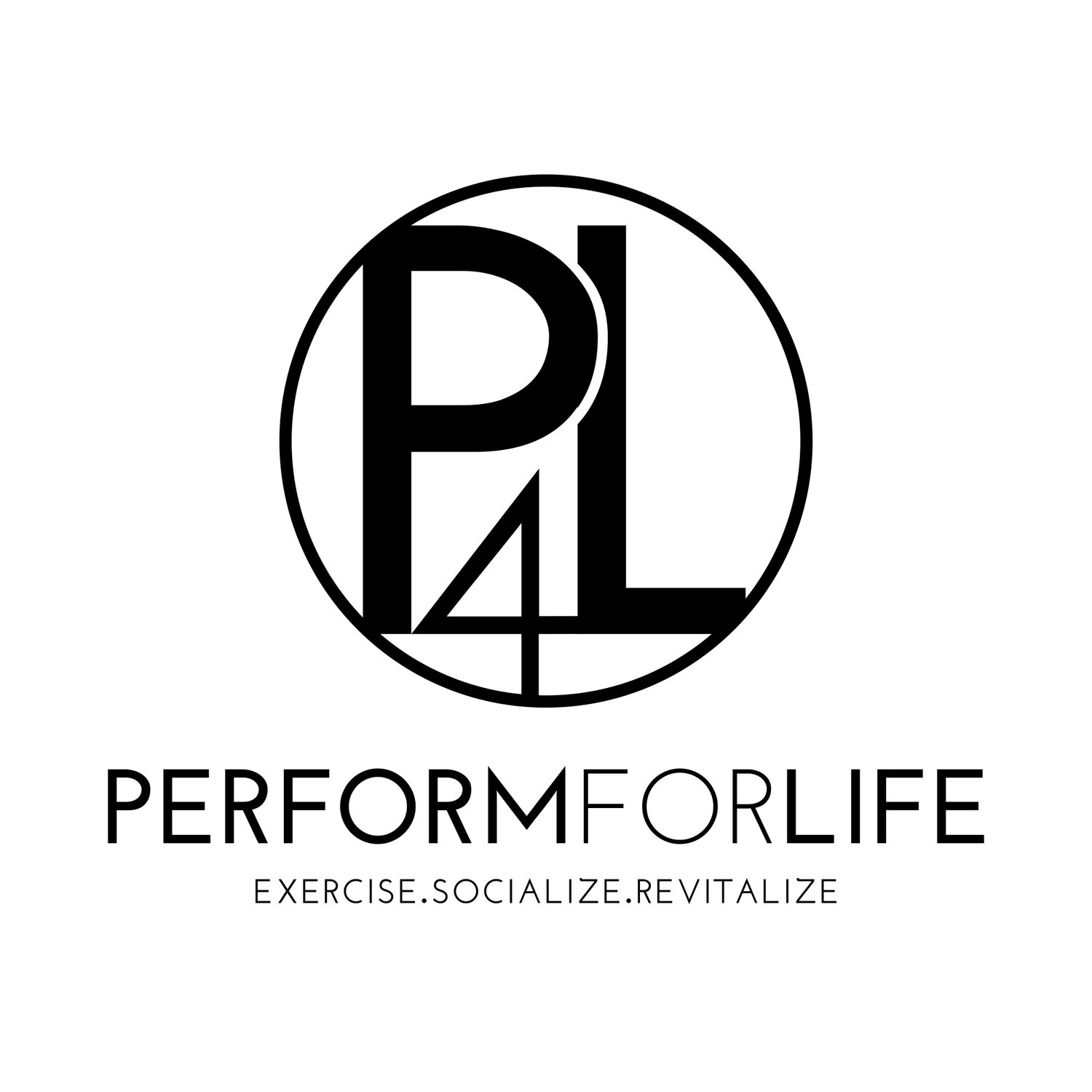How To Put Backspin On A Golf Ball
The Different Types of Backspin and How They Affect the Ball
Three types of backspin can be put on a golf ball- topspin, sidespin, and backspin. Every spin will affect the ball differently as it travels through the air.
Topspin is created when the clubhead moves forward faster than the ball, causing the ball to spin on its vertical axis. This spin causes the ball to move forward faster and with less roll.
Sidespin is created when the clubhead moves sideways faster than the ball, causing the ball to spin on its horizontal axis. This spin will cause the ball to curve in the direction of motion of the clubhead.
Backspin is created when the clubhead moves backward faster than the ball, causing the ball to spin on its vertical axis.
The Mechanics of Putting Backspin on a Golf Ball
When you put a backspin on a golf ball, you use the clubface to create friction against the ball. This slows the forward momentum and creates a force that pulls the ball backward. The result is a ball that moves in reverse and spins backward. There are two main ways to put backspin on a golf ball - with your swing and putting stroke.
To put a backspin on a golf ball with your swing, you need to ensure that your clubface is angled downward as it makes contact with the ball. This creates more friction against the ball and results in more backspin. You can also use this technique when chipping or pitching the ball.
To put a backspin on a golf ball with your putting stroke, you need to use an upward motion as you make contact with the ball.
Factors That Affect the Ability to Put Backspin on a Golf Ball.
Several factors affect the ability to put a backspin on a golf ball. The loft of the clubface will create more backspin than a club with less loft. The type of ball affects how much backspin can be put on it. A hard ball will have less backspin than a softer ball.
The speed at which the ball is hit also affects how much backspin can be put on it. The faster the ball is hit, the more backspin will be created.
Finally, the condition of the green also affects how much backspin can be put on the ball. A smooth green will allow more backspin than a rough green.
If you're serious about golf, you need to train with the best. At our San Francisco golf training gym, we offer a comprehensive approach to improving your game. Our experienced coaches will help you build strength, improve flexibility and stability, and hone your skills.
And don't forget to check out our article How To Get Better at Golf - The Ultimate Guide To The Perfect Golf Swing.
Plus, our comfortable and supportive environment will help you stay motivated and focused on your goals. Click here to book an assessment today and start playing better golf tomorrow!
By Michelle Vik Myrvold
